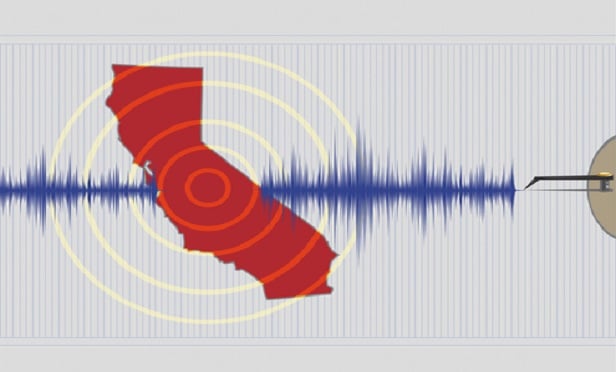 Maintaining essential supplies in a "Go-Bag" to last for a minimum of three days — including water, food, flashlights and batteries, first aid supplies, clothing and means of shelter and warmth — will help you weather the immediate aftermath. (Photo: Shutterstock)
Maintaining essential supplies in a "Go-Bag" to last for a minimum of three days — including water, food, flashlights and batteries, first aid supplies, clothing and means of shelter and warmth — will help you weather the immediate aftermath. (Photo: Shutterstock)
We live on a seismically active planet, something most of us know all too well living here in California. Although seismic events can strike with little or no warning, major tremors are often separated by years or even decades. This infrequency and unpredictability can lull us into complacency, or even lead to a false sense that there is really nothing we can do to prepare ourselves for the movement of the earth beneath us.
Recommended For You
Want to continue reading?
Become a Free PropertyCasualty360 Digital Reader
Your access to unlimited PropertyCasualty360 content isn’t changing.
Once you are an ALM digital member, you’ll receive:
- Breaking insurance news and analysis, on-site and via our newsletters and custom alerts
- Weekly Insurance Speak podcast featuring exclusive interviews with industry leaders
- Educational webcasts, white papers, and ebooks from industry thought leaders
- Critical converage of the employee benefits and financial advisory markets on our other ALM sites, BenefitsPRO and ThinkAdvisor
Already have an account? Sign In Now
© 2025 ALM Global, LLC, All Rights Reserved. Request academic re-use from www.copyright.com. All other uses, submit a request to [email protected]. For more information visit Asset & Logo Licensing.








